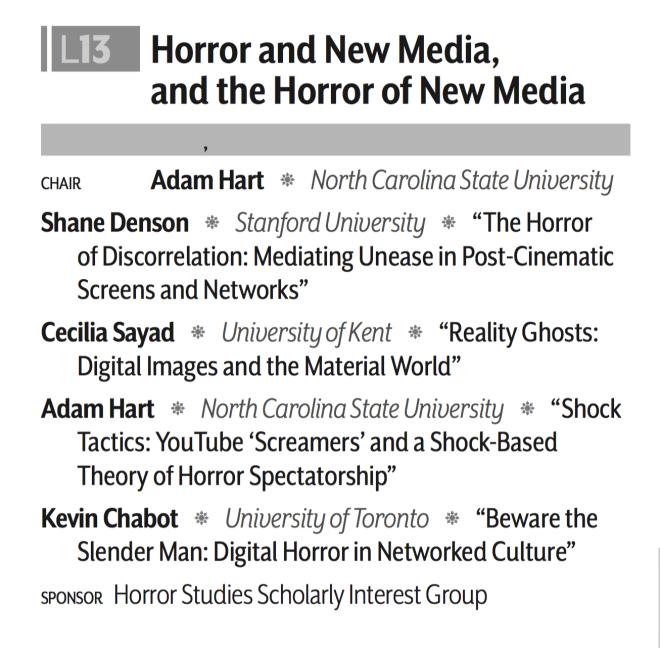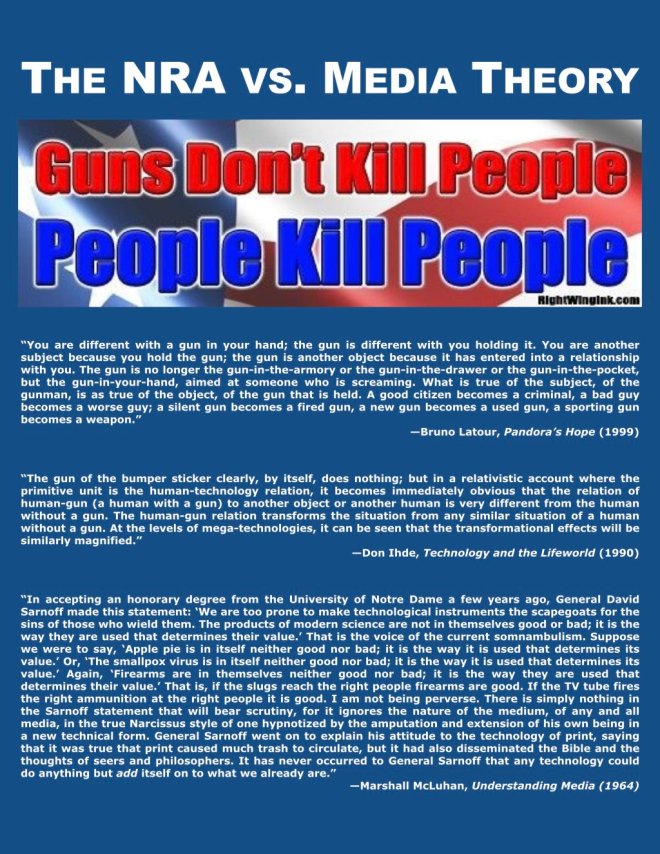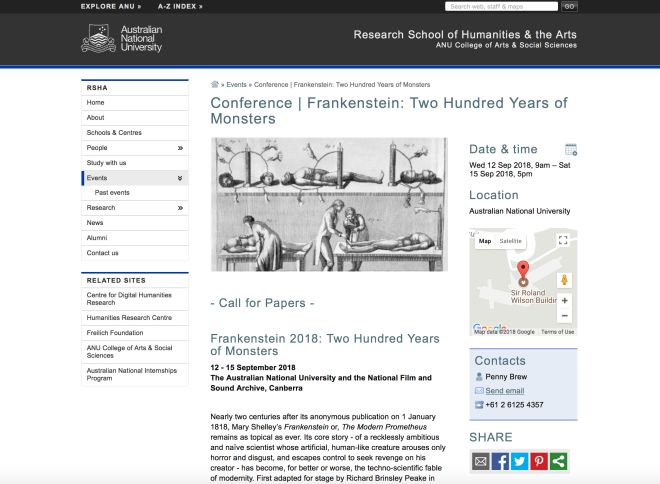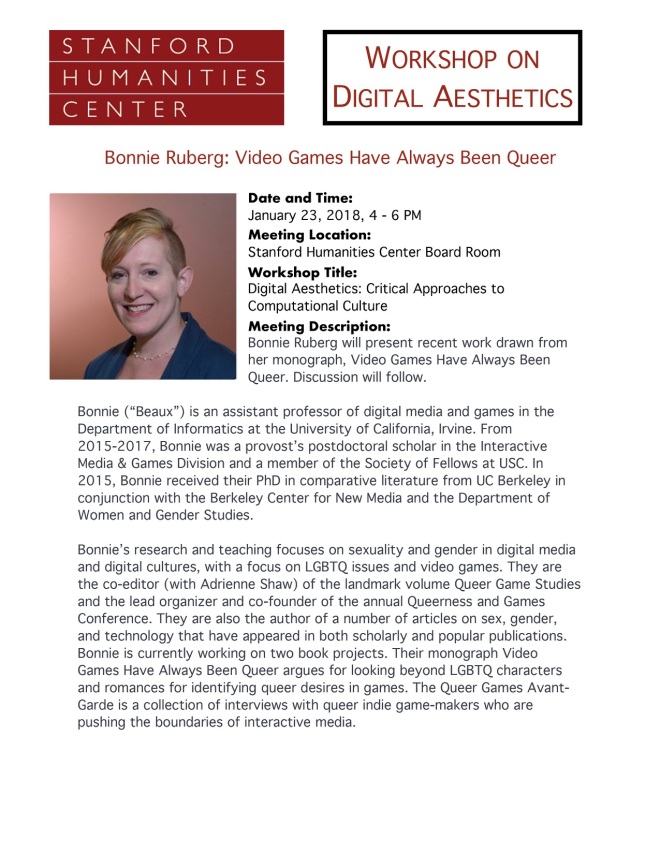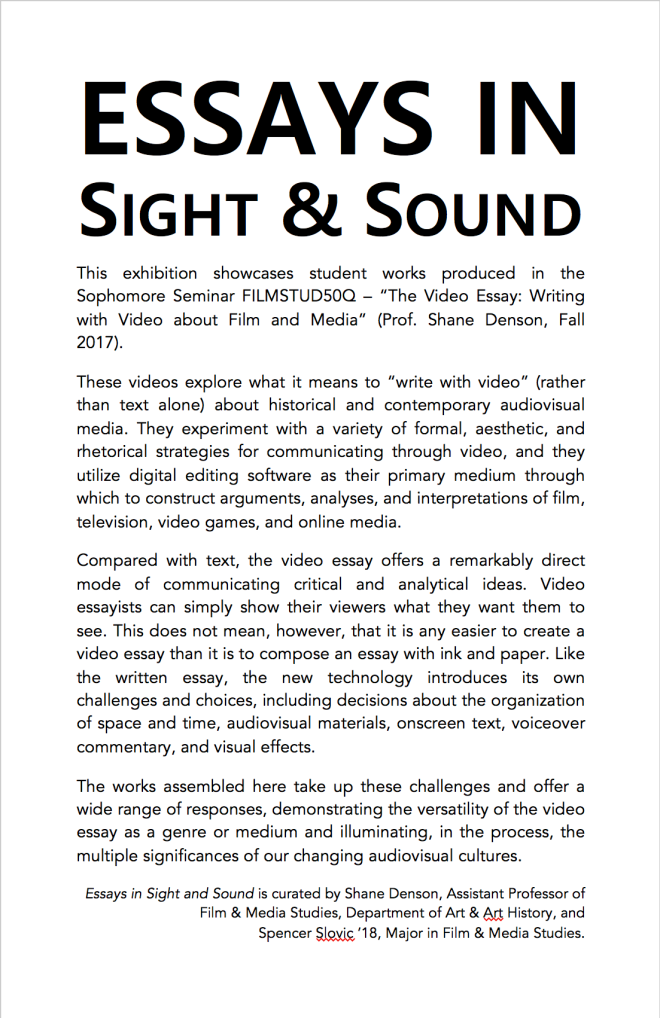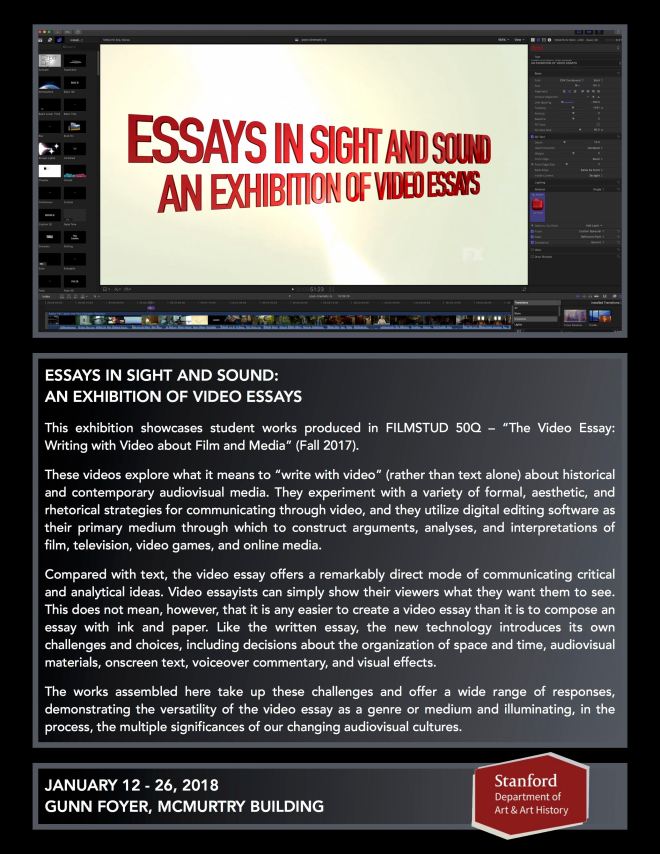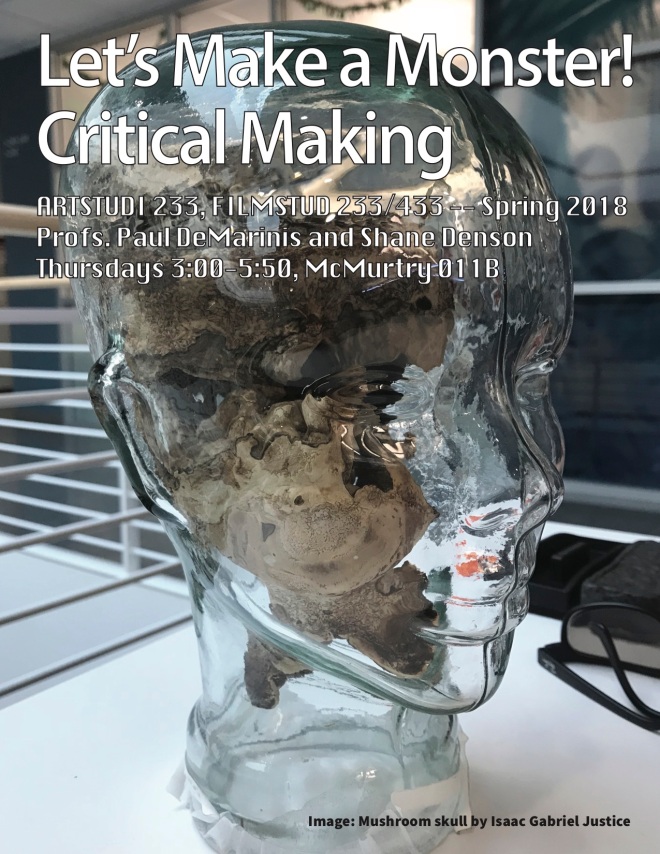
Ever since Frankenstein unleashed his monster onto the world in Mary Shelley’s novel from 1818, the notion of “technology-out-of-control” has been a constant worry of modern societies, plaguing more optimistic visions of progress and innovation with fears that modern machines harbor potentials that, once set in motion, can no longer be tamed by their human makers. In this characteristically modern myth, the act of making — and especially technological making — gives rise to monsters. As a cautionary tale, we are therefore entreated to look before we leap, to go slow and think critically about the possible consequences of invention before we attempt to make something radically new. However, this means of approaching the issue of human-technological relations implies a fundamental opposition between thinking and making, suggesting a split between cognition as the specifically human capacity for reflection versus a causal determinism-without-reflection that characterizes the machinic or the technical. Nevertheless, recent media theory questions this dichotomy by asserting that technologies are inseparable from humans’ abilities to think and to act in the world, while artistic practices undo the thinking/making split more directly and materially, by taking materials — including technologies — as the very medium of their critical engagement with the world. Drawing on impulses from both media theory and art practice, “critical making” names a counterpart to “critical thinking” — one that utilizes technologies to think about humans’ constitutive entanglements with technology, while recognizing that insight often comes from errors, glitches, malfunctions, or even monsters. Co-taught by a practicing artist and a media theorist, this course will engage students in hands-on critical practices involving both theories and technologies. Let’s make a monster!
ARTSTUDI 233, FILMSTUD 233/433 — Spring 2018 — Profs. Paul DeMarinis & Shane Denson — Thursdays 3:00-5:50pm
